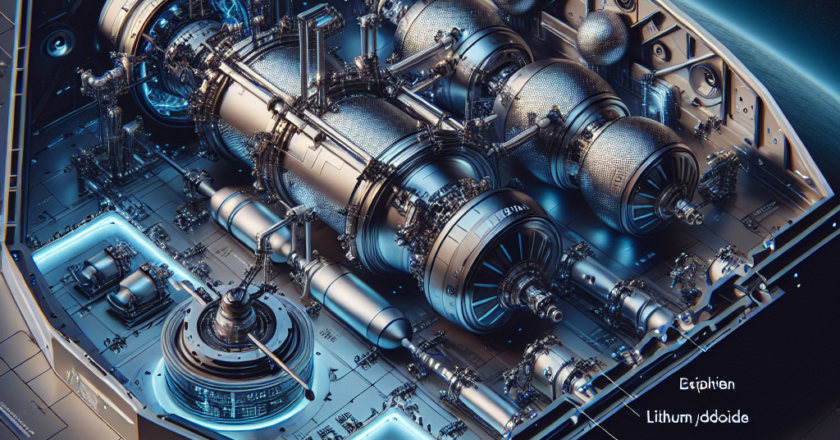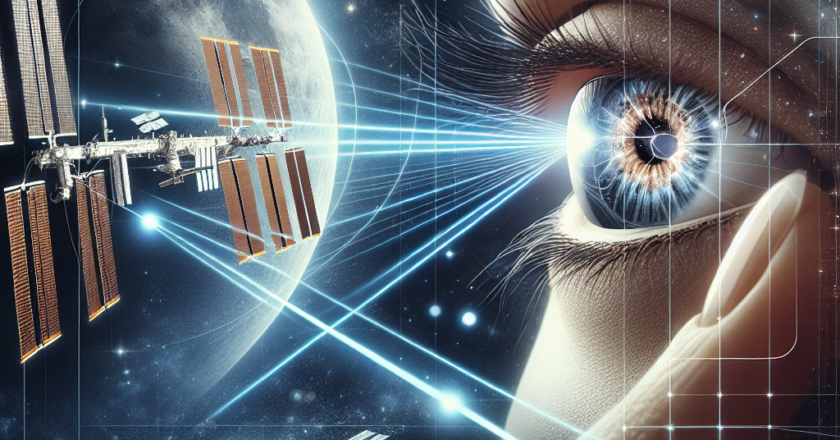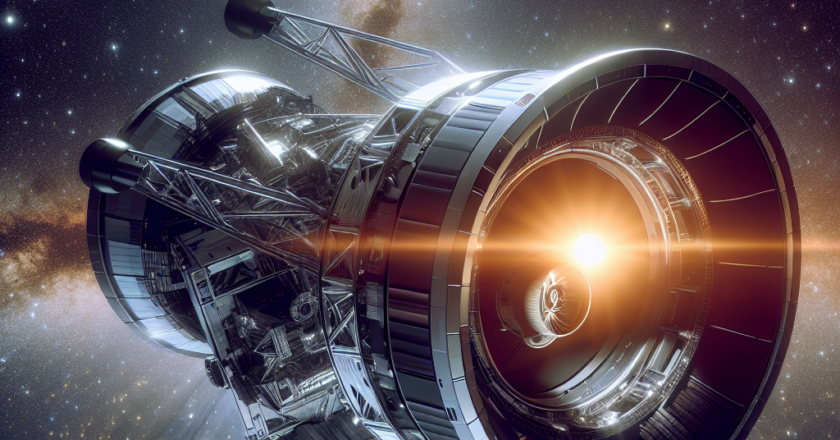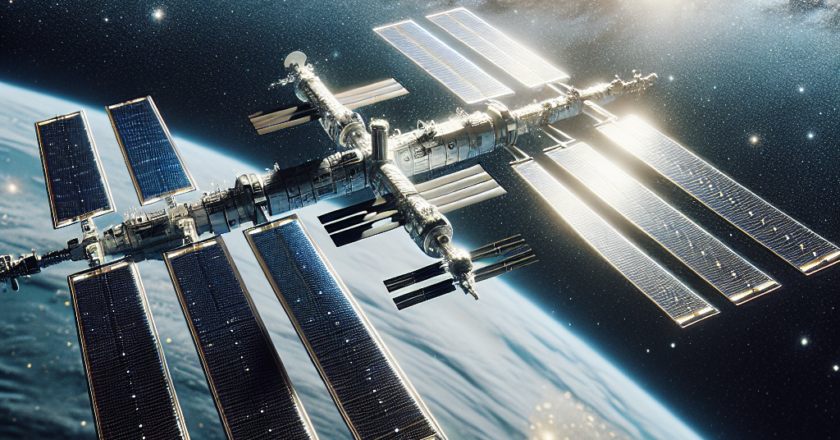Managing Carbon Dioxide Levels in Hostile Space Environments: Key Strategies for Astronaut Safety
Summary of Article: "Managing Carbon Dioxide Levels in Hostile Space Environments"
Main Ideas:
- Hostile spaceflight environments lack natural carbon dioxide (CO2) removal.
- Various equipment like the Carbon Dioxide Removal Assembly, lithium hydroxide, and amine systems are utilized to regulate and reduce CO2 levels.
- Directed Acyclic Graph Files provide information on managing CO2 in space environments.
Author's Take:
Effectively maintaining carbon dioxide levels in enclosed spaceflight environments is crucial for the safety and well-being of astronauts. Through the use of specialized equipment and technologies, such as the Carbon Dioxide Removal Assembly, space agencies can efficiently manage and mitigate the effects of elevated CO2 exposure. These advancements highlight the ongoing ...










